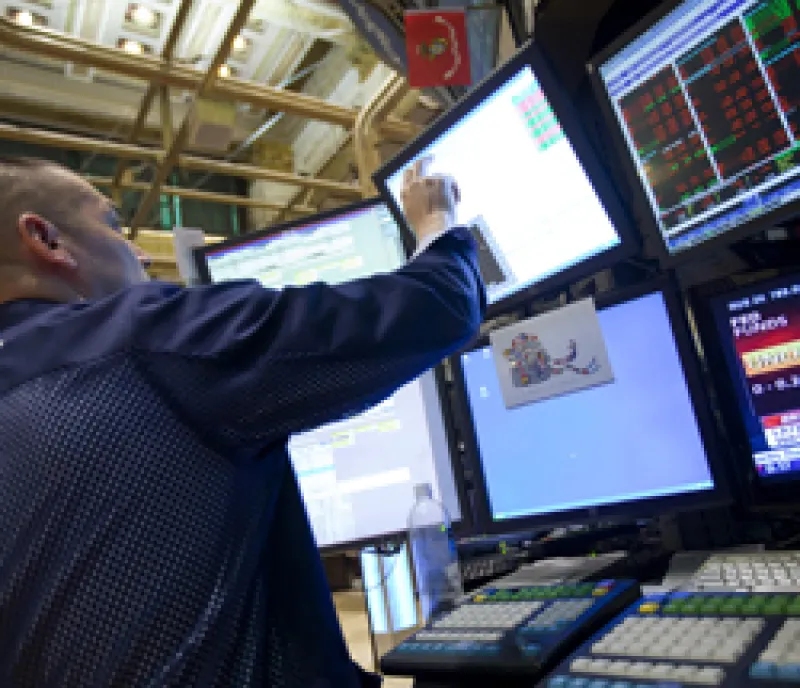This blog is the first in a new series on Institutionalinvestor.com entitled Global Market Thought Leaders , a platform that provides analysis, commentary, and insight into the global markets and economy from the researchers and risk takers at premier financial institutions. Our first contributor in this new section of Institutionalinvestor.com is AllianceBernstein, who will be providing analysis and insight into equities.
If you ask me, safety is looking pretty unsafe these days. I’m not just talking about the costs of missed opportunities: valuations on so-called safe assets look stretched, while investors remain wary of equities, despite compelling valuations we think more than compensate for their greater volatility. Apparently, the distaste for risk has even eclipsed the desire to make money.
It is also making markets more risky. That was a key finding of a research paper that my colleagues and I did on the postcrisis spike in market volatility. Investors want safety, but they know that returns on safe assets aren’t going to meet their long-term needs. To fill the performance gap, many have flocked to hedge-fund strategies promising equity-like returns with much lower volatility. This alchemy is achieved by either hedging volatility or trying to outrun it (using price-momentum tools), or both.
But neither strategy neutralizes risk throughout the system; they merely shift it to other market participants. In the process, they actually add to the risks they were designed to counteract.
Here’s how. Some of the more popular hedging strategies use index-based futures and broad-index exchange-traded funds, which essentially yoke the returns of individual securities more tightly together than would otherwise be the case. Because these tools are used by so many to hedge against many of the same exposures, they have magnified price swings and driven an outsize surge in correlations among stocks (Display). This pack behavior is intensified by momentum strategies, which rely on short-term stock-price movements to detect and act on changes in risk before they become more broadly acknowledged. High correlations make stocks more volatile, further fueling investors’ desire to escape risk. And round and round we go.
It is important to realize that these risk-transferring feedback loops move in both directions, driven by shifting perceptions of risk. So, as macroeconomic uncertainties are resolved or fade, we would expect the amplifying powers of hedging and momentum strategies to fuel a virtuous cycle in which risk-taking can once again be rewarded.
We expect the influence of these internal forces to ebb and flow, but generally to keep markets more volatile and stocks more correlated to one another than in the past. The full implications of these new market dynamics are still not well understood. We will all have to learn how to adapt.
Joseph G. Paul is the Chief Investment Officer—North American Value Equities
The views expressed herein do not constitute research, investment advice or trade recommendations and do not necessarily represent the views of all Alliance Bernstein portfolio management teams.






